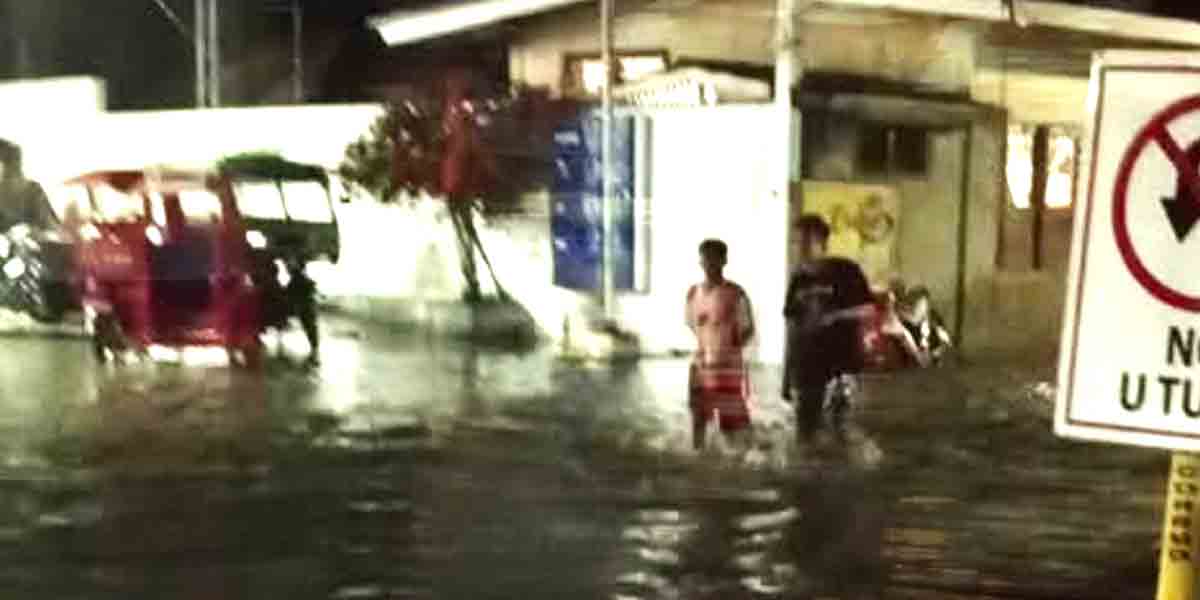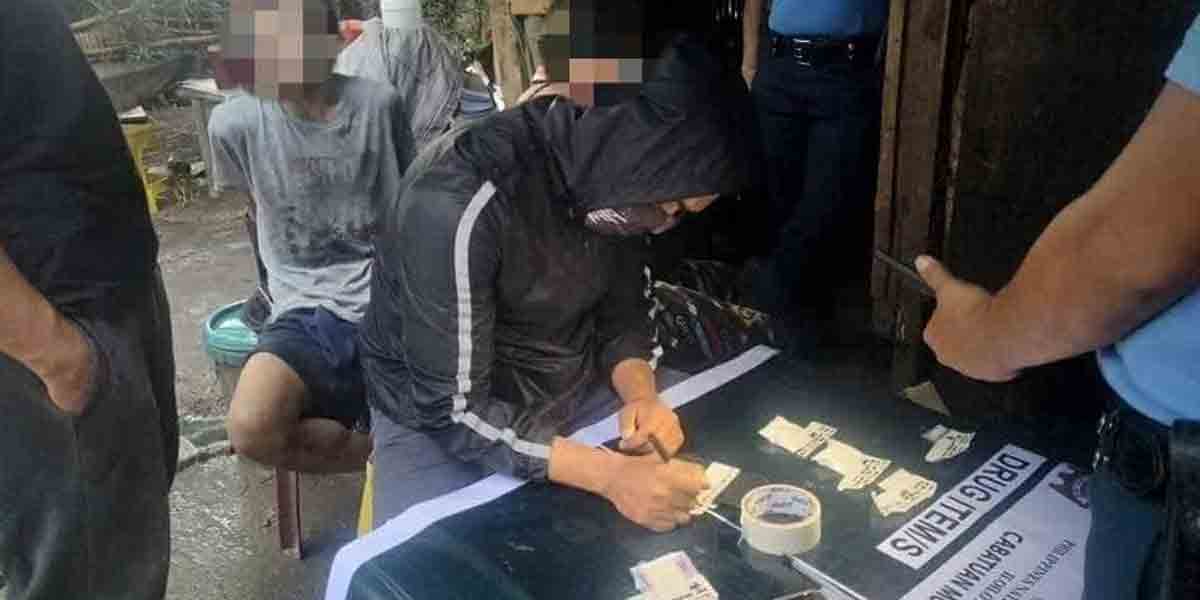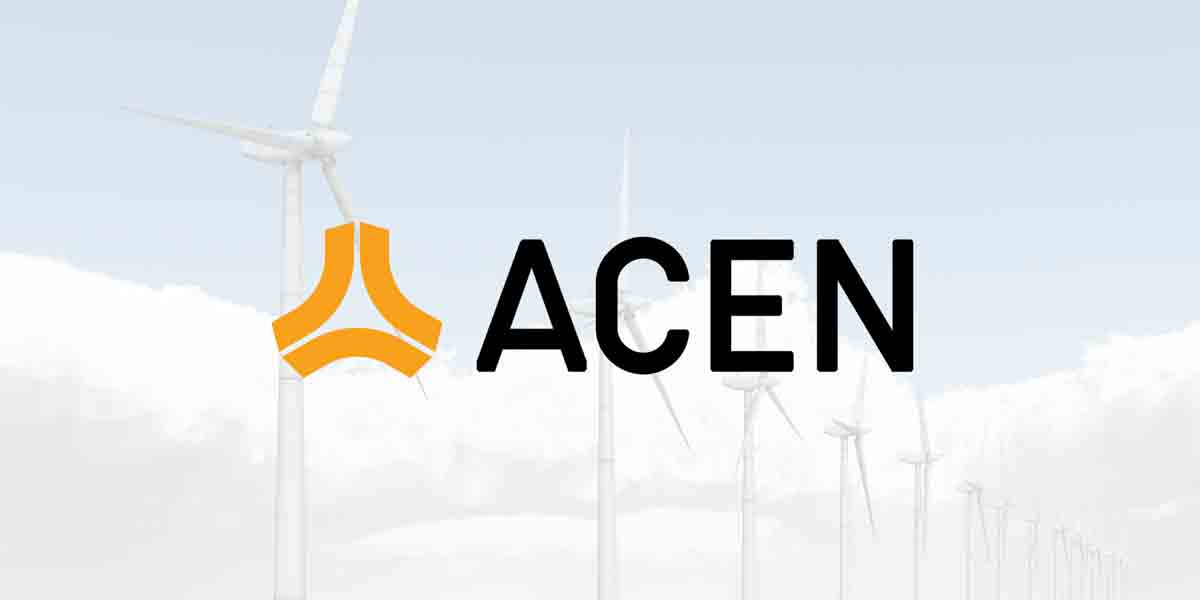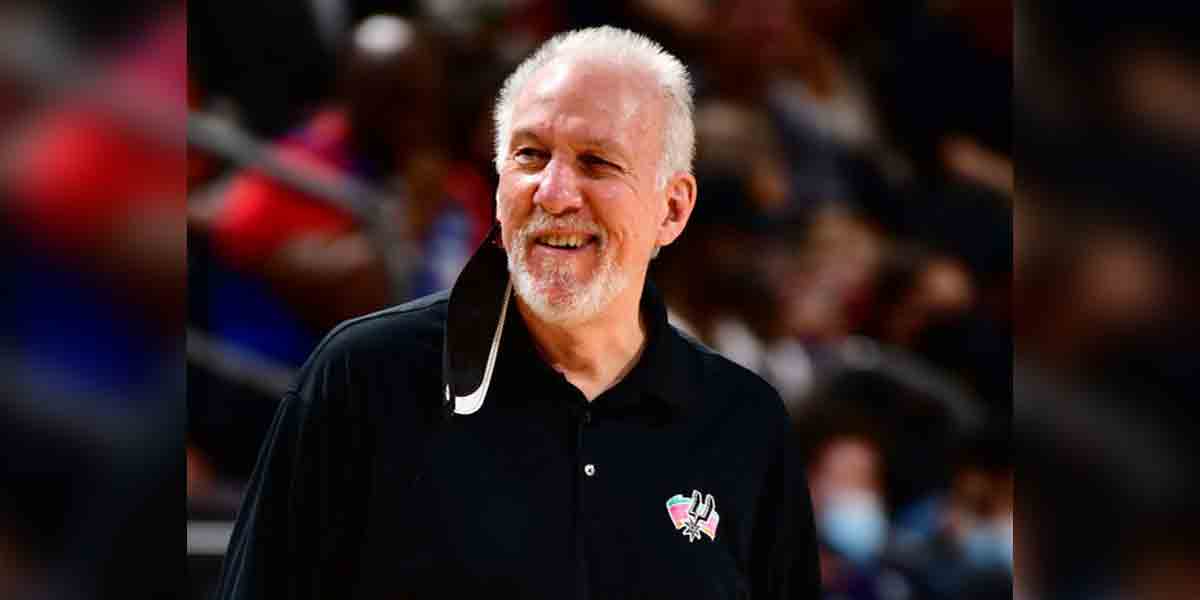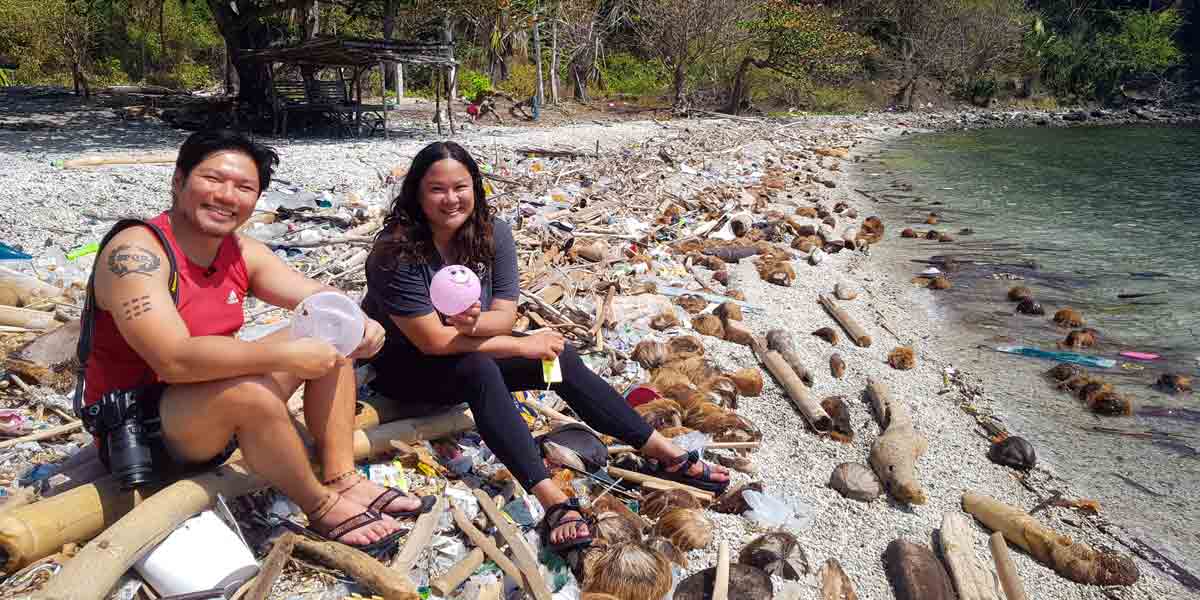By Jaime Babiera
The unprecedented rise of TikTok and the ceaseless superiority of Facebook have made social media a household name in the Philippines and brought them closer to each and every Filipino. According to the recent report published by DataReportal last February, at least 72.5 percent of our entire population are social media users. Most of them are teenagers and young adults, which comes as no surprise.
The numbers I mentioned above don’t lie. Try to open your TikTok app and scroll through your feed for three minutes. I bet you’re going to find at least ten consecutive videos of young teens bopping to the “Magpakailanman” or “Big Boy” dance craze.
On a similar note, try to have a semi-serious conversation with your younger siblings on a particular issue that everyone in the country is talking about. I guess they would immediately cut you off as soon as you start speaking and say, “Nakita ko na ‘yan sa Facebook!”
As you can see, this is how digital advancement has revolutionized the way we access entertainment and information with the snap of a finger. The newest trend and the hottest news are readily available on our mobile phones, so long as we have a stable internet connection.
While these developments are apparently beneficial to everyone as we continuously transition to a technological planet that fosters ease and convenience, we can’t deny the danger it entails and the threat it brings upon us, especially to children and young teens who are the most exposed to the internet platforms.
Disinformation has become much more rampant over the years, even in the presence of credible news outlets and independent fact-checkers, whose efforts in curbing the spread of fake news in the country are exceptional and remarkable.
So I think now is the time for all of us to get involved in these efforts and help to the best of our abilities. We should start by educating the youth about fake news and how to fact-check the information they see online.
I earnestly encourage our schools and universities to engage their students in interactive classroom activities or regular seminars related to disinformation and fact-checking. It is important that they fully understand the nature of fake news and the danger that surrounds it. This way, they most likely grow more cautious when they are on social media, which is, in fact, a great practice to avoid identifying a suspicious TikTok video or a misleading Facebook meme as fact.
I am confident that such an instructive program conducted at least once every month can induce a consequential difference in our digital landscape after a year or two. I have faith in our youth. With proper guidance from their teachers and their parents, I am sure they can flawlessly outplay the scammers and opportunists on the internet who are trying to make a living out of their innocence.
Therefore, we should prioritize and give importance to media literacy among children and teenagers because it is—in the words of UN Special Rapporteur Irene Khan—among the obvious antidotes to disinformation.
Let’s work hand in hand until such time as blatant lies and the lies blatantly endorsed as truth are no longer deemed a dangerous threat to us because the young people of the Philippines know better when it comes to social media and the internet. Cheers to a digital nation that is bright and safe for children and everyone!



